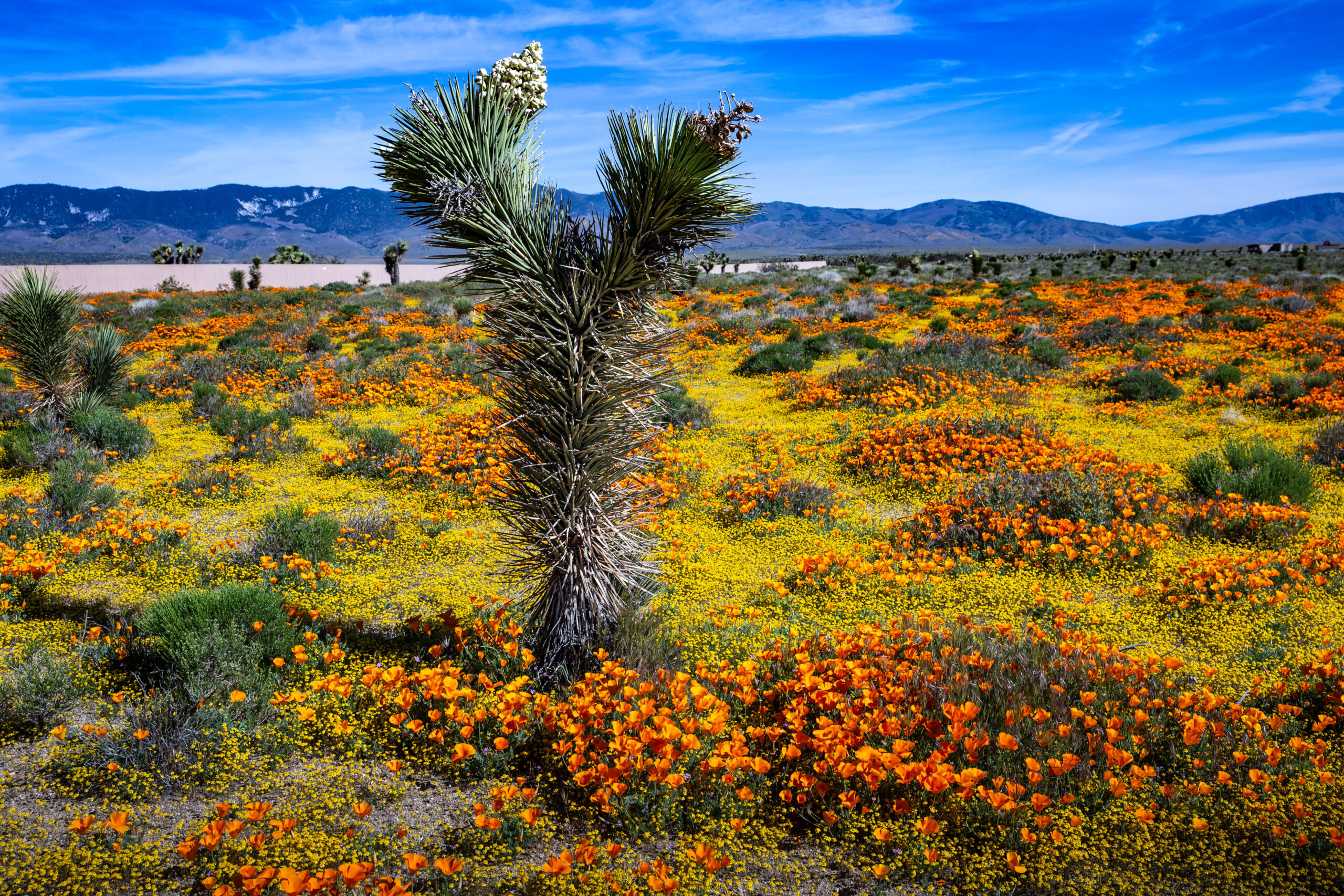Record superblooms have snatched headlines across the Bay Area, with gorgeous photos and vivid descriptions of their beauty.
The robust rainy season this year means superbloom season is bigger and longer than ever—but there’s another, not-so-pretty side to this story.
Some of the superblooms that people are jockeying to get into their Instagram feeds are actually invasive species that do much more harm than good.
The worst among them is oxalis, according to Eddie Bartley, president of the Yerba Buena chapter of the California Native Plant Society.
Also known as bermuda buttercup, the carpets of yellow that accompany many a superbloom are due to oxalis.
“It’s one of those situations where you don’t know whether to laugh at the irony or cry about it,” Bartley said.
Invasive species are so treacherous because they gobble up more land every year, crowding out the native plants that local wildlife rely upon as a food supply. Oxalis is particularly difficult to eradicate because it is so fecund.
But it’s not the only offender. Field mustard, another yellow-hued invasive plant, spreads rapidly and frequently appears in photos of superblooms.
While true superblooms are native flowers and very diverse, San Francisco has far fewer of them given how much our grasslands have dwindled, Bartley said.
There are 96 known invasive plants in San Francisco. “They are absolutely wreaking havoc, especially in disturbed soil areas,” Bartley said.
Yet San Francisco also holds onto many native and wonderfully beautiful wildflower species, according to Bartley. One of the best places to see them? The Presidio, whose 1,100 acres are particularly rich with biodiversity and wildflowers.
